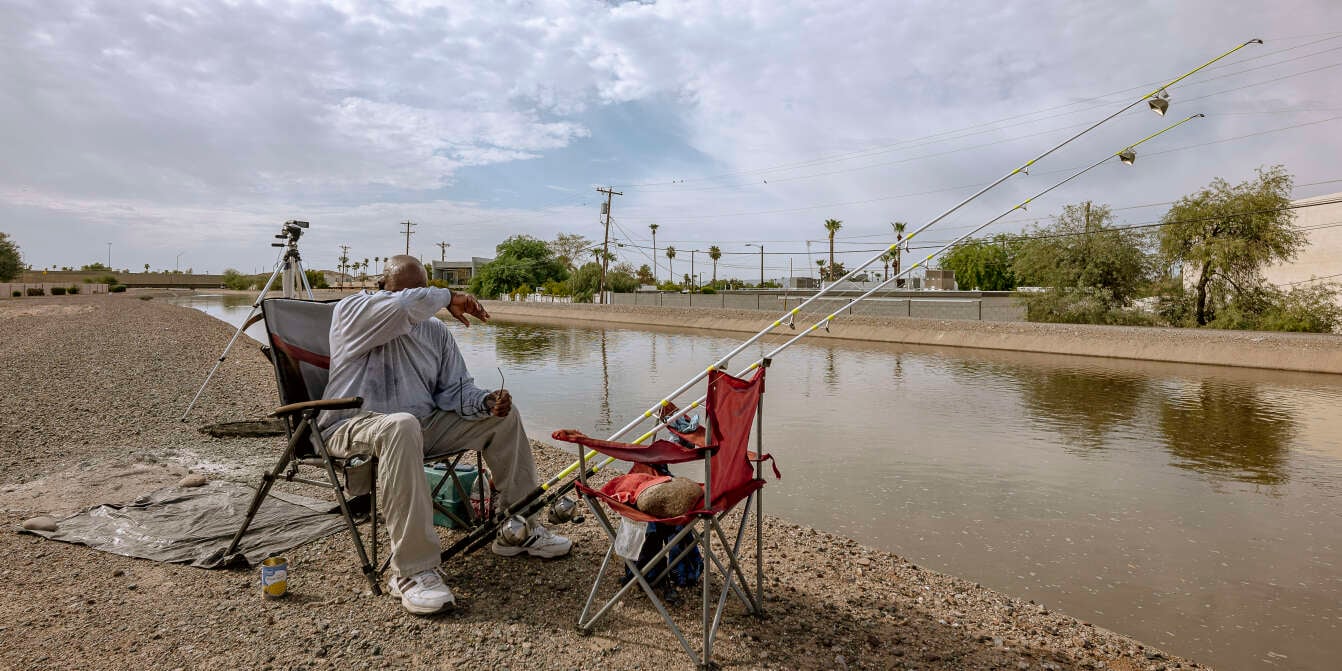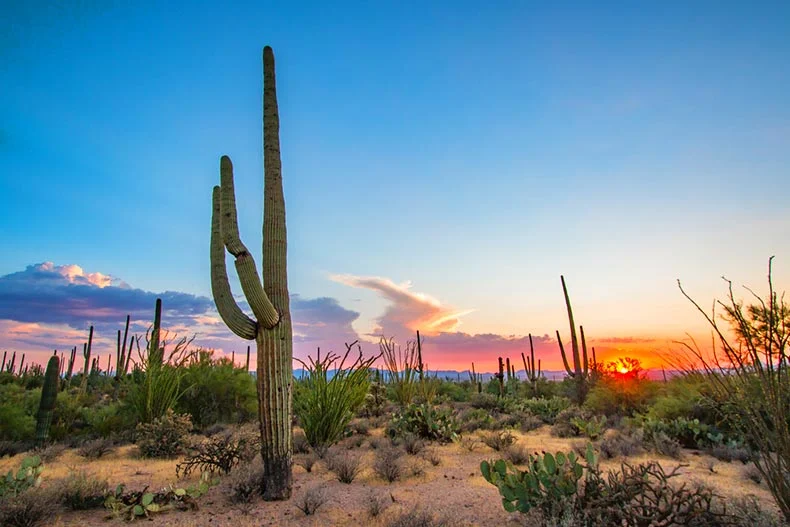When the Arizona sun beckons, retirees find themselves drawn to the captivating landscapes of Phoenix and Tucson, each offering a distinct tapestry of experiences. The choice between these two iconic cities isn’t just about a geographic preference; it’s a tailored selection of lifestyles molded by terrain, culture, climate, and amenities. Here’s an in-depth guide to help discern which retirement haven suits you best.
Geography & Population
Phoenix, a bustling metropolis, sprawls across a vibrant urban landscape seamlessly merging with neighboring cities like Scottsdale and Tempe. In contrast, Tucson’s allure lies in its intimate, Old West ambiance, surrounded by encompassing mountain ranges and a palpable desert essence.
Phoenix, standing at an elevation of over 1,000 feet, unveils distant mountain vistas, while Tucson, nestled at 2,643 feet, finds itself cocooned within mountainous realms. The proximity to neighboring cities defines Phoenix’s expansive nature, whereas Tucson revels in its standalone desert oasis feel.
The population contrast further sets them apart: Phoenix, a behemoth hosting nearly five million in its metropolitan embrace, contrasts with Tucson’s more intimate community of just over one million.

Climate
Both cities are drenched in Arizona’s signature sunshine, inviting an active year-round lifestyle. However, nuances in elevation play a role, with Tucson boasting slightly cooler temperatures than Phoenix. Summer in Tucson averages around 86-88°F compared to Phoenix’s 90-95°F, while winter in Phoenix hovers around 56°F versus Tucson’s 53°F.
Monsoon season brings dramatic thunderstorms to both cities from June to late September, punctuating their almost 300 days of sunshine. These climates are an outdoor enthusiast’s dream, catering to activities like golf, tennis, hiking, and horseback riding.
Cost of Living & Tax Considerations
Phoenix’s larger size offers a diverse housing market, slightly edging out Tucson in choices and competitive prices. While both cities provide varied communities, Phoenix holds the upper hand in housing options.
Property taxes and sales taxes diverge. Phoenix’s Maricopa County boasts a lower average property tax rate of 0.61% compared to Tucson’s Pima County at 1.01%, potentially yielding substantial savings, especially on larger properties. Additionally, the average sales tax in Maricopa County of 6.3% slightly undercuts Tucson’s 8.7%.

Lifestyle and Culture
Phoenix’s Downtown is an architectural marvel with attractions like Chase Field and the Heard Museum. The city flaunts shopping delights at Biltmore Fashion Park and diverse entertainment venues including the Phoenix Symphony Hall and South Mountain Park.
Tucson’s charm lies in surrounding landmarks like Sentinel Peak and the Mission San Xavier del Bac. Downtown treasures historic buildings such as Hotel Congress and offers a cultural mosaic through museums like Pima Air and Space Museum.
Healthcare & Education
Phoenix, with its larger footprint, houses renowned medical institutions like Mayo Clinic’s Phoenix Campus and Banner University Medical Center. Tucson, while smaller, boasts quality healthcare with Banner-University Medical Center Tucson and TMC Healthcare, ensuring top-notch services.
Both cities offer educational opportunities. Phoenix flaunts universities like Arizona State and the University of Phoenix, while Tucson boasts the University of Arizona and Pima Community College, catering to diverse educational pursuits for retirees seeking continued learning.
In conclusion, choosing between Phoenix and Tucson for retirement hinges on personal preferences, whether it’s the bustling metropolitan allure of Phoenix or the intimate desert charm of Tucson. Each city, with its unique offerings, promises a fulfilling retirement chapter amid Arizona’s radiant landscapes.





